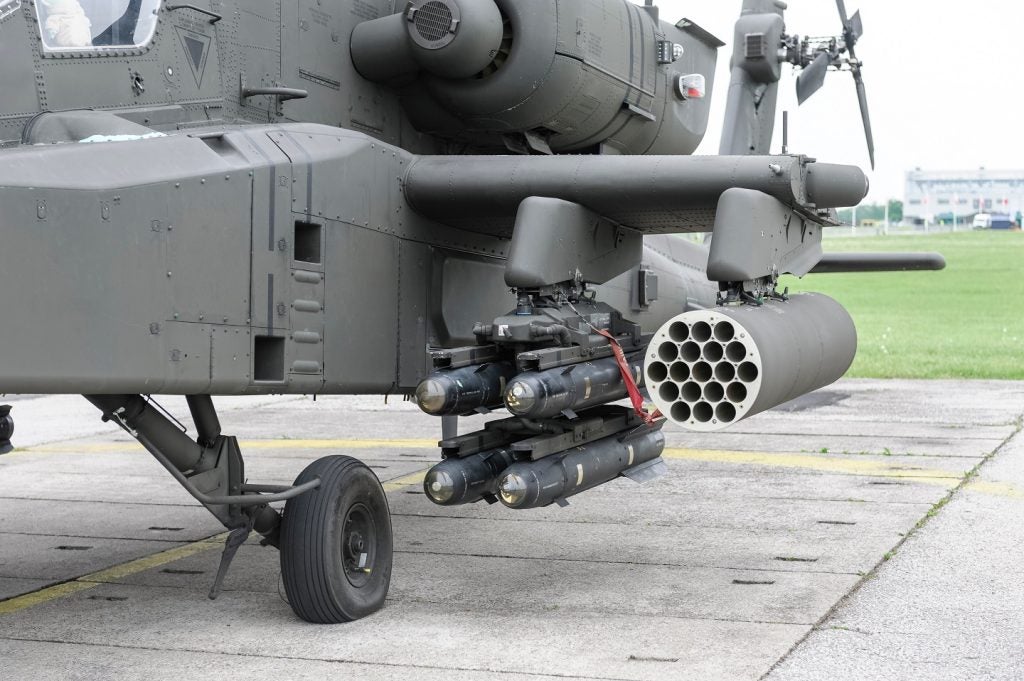The Su-47 fighter aircraft, previously called the S-37 Berkut or Golden Eagle, was developed by the Sukhoi Design Bureau of Moscow, Russia, and performed its first flight in September 1997.
Su-47 is in a forward-swept wing configuration and uses a highly unstable triplane (with three main lifting surfaces) aerodynamic configuration.
It retained some of the systems and component designs from the Su-27 (the all-weather supersonic fighter aircraft with Nato reporting name Flanker), for example, the design of the canopy, landing gear, some of the avionics, and the near-vertical tails.
Su-47 development details
The Su-47 was introduced in January 2000 and completed the first stage of flight trials in December 2001.
In May 2002, Sukhoi was selected as prime contractor for the next-generation Russian PAK FA fighter programme. The PAK FA fighter aircraft is a development of the Su-47 but without the forward-swept wings. The first flight test of the PAK FA fighter aircraft was completed on 29 January 2010.
The design of the very high manoeuvrability prototype is based on the avionics and aerodynamics technologies developed for the Su-27 upgrade programme.
The aircraft did not enter full production and the sole aircraft served as a technology demonstrator. It serves as a base for the development of Su-57, a fifth-generation supersonic stealth fighter.
Su-47 Berkut was exhibited at the International Aviation and Space Salon MAKS-2019 show held at Zhukovsky International Airport, Moscow, in August 2019.
Su-47 manoeuvrability
The Su-47 has extremely high agility at subsonic speeds, enabling the aircraft to alter its angle of attack and its flight path very quickly, and it also retains manoeuvrability in supersonic flight.
The Su-47 aircraft has very high levels of manoeuvrability with maintained stability and controllability at all angles of attack.
Maximum turn rates and the upper and lower limits on airspeed for weapon launch are important criteria in terms of combat superiority in close combat and also at medium and long range, when the mission may involve engaging consecutive targets in different sectors of the airspace.
A high turn rate of the Su-47 enables the pilot to turn the fighter aircraft quickly towards the next target to initiate the weapon launch.
Compared to a swept-back wing of the same area, the swept-forward wing provides a number of advantages: higher lift to drag ratio; higher capacity in dogfight manoeuvres; higher range at subsonic speed; improved stall resistance and anti-spin characteristics; improved stability at high angles of attack; a lower minimum flight speed; and a shorter take-off and landing distance.
Su-47 fuselage
The Su-47 fuselage is oval in cross-section and the airframe is constructed mainly of aluminium and titanium alloys and 13% by weight of composite materials.
The nose radome is slightly flattened at the fore section and has a horizontal edge to optimise the aircraft’s anti-spin characteristics.
Forward-swept wings
The forward-swept mid-wing gives the unusual and characteristic appearance of the Su-47. A substantial part of the lift generated by the forward-swept wing occurs at the inner portion of the wingspan. The lift is not restricted by wingtip stall.
The ailerons – the wing’s control surfaces – remain effective at the highest angles of attack, and controllability of the aircraft is retained even in the event of airflow separating from the remainder of the wings’ surface.
The wing panels of the Su-47 are constructed of nearly 90% composites. The forward-swept mid-wing has a high aspect ratio, which contributes to long-range performance.
The leading-edge root extensions blend smoothly to the wing panels, which are fitted with deflectable slats on the leading edge, as well as flaps and ailerons on the trailing edge.
The all-moving and small-area trapezoidal canards are connected to the leading-edge root extensions.
Armament
The Su-47 experimental fighter aircraft features 14 hardpoints (two wingtips, six-eight underwing, six-four conformal under fuselage). The hardpoints are equipped with R-77, R-77PD, R-73, and K-74 air-to-air missiles.
It is also fitted with air-to-surface missiles X-29T, X-29L, X-59M, X-31P, X-31A, KAB-500, and KAB-1500.
Su-47 Berkut cockpit
The cockpit’s design has focused on maintaining a high degree of comfort for the pilot and also on the pilot being able to control the aircraft in extremely high g-load manoeuvres.
The aircraft is equipped with a new ejection seat and life support system. The variable geometry adaptive ejection seat is inclined at an angle of 60°, which reduces the impact of high G forces on the pilot.
The seat enables dogfight manoeuvres with significantly higher g loadings than can normally be tolerated by the pilot.
The pilot uses a side-mounted, low-travel control stick and a tensometric throttle control.
Landing gear
The aircraft uses a retractable tricycle-type landing gear with a single wheel at each unit. The smaller nose wheel retracts towards the rear and the two mainwheels retract forward into the wing roots.
Engine
The Su-47 fighter aircraft is powered by two Perm Aviadvigatel D-30F6 turboshaft engines. Approximately 83.4kN of dry thurst can be produced by each engine. The engine is used in short-haul aeroplanes for passenger transport.
The length and a fan tip diameter of the engine are 3.98m and 1.05m respectively, while the dry weight and delivery weight of the engine are 1,550kg and 1,712kg respectively. The engine also features a thrust reverser and a low-pressure compressor.
Su-47 performance
The Su-47 fighter aircraft can climb at a rate of 233m/s. The cruise speed is 1,800km/h. The range and a service ceiling of the aircraft are 1,782nm (3,300km) and 18,000m respectively.
The maximum take-off weight of the aircraft is 34,000kg. The wing loading and maximum g-force of the Su-47 are 360kg/m² and 9g respectively.










